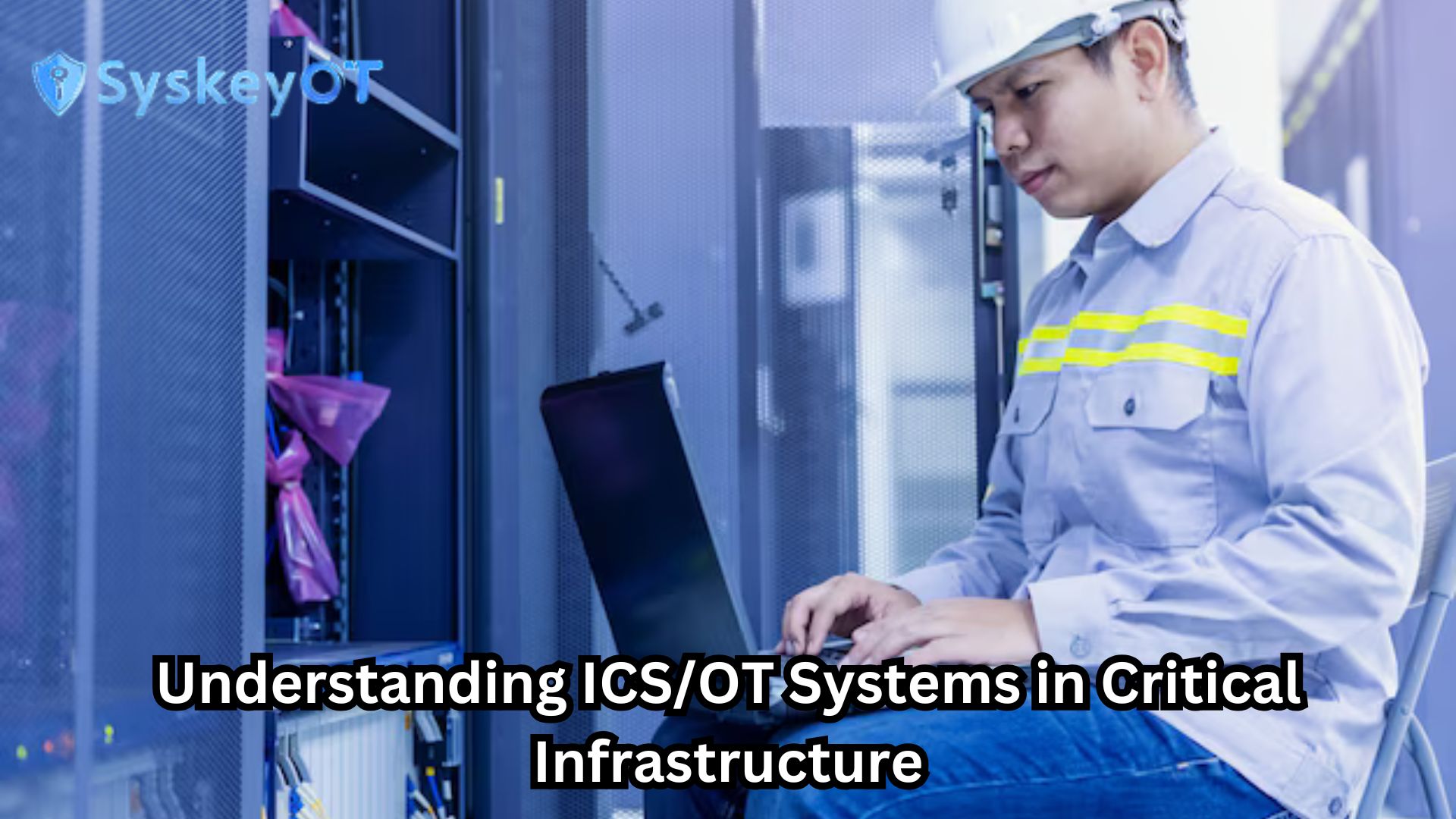Critical infrastructure powers the world we live in, and behind the scenes, Industrial Control Systems (ICS) and Operational Technology (OT) keep it all running seamlessly. From power grids to water treatment plants, ICS/OT systems are at the core of industries that sustain modern life. However, the increasing reliance on digital technologies and automation makes these systems essential and vulnerable to evolving cyber threats. In this blog, we’ll explore what ICS/OT systems are, their unique characteristics, and their importance in critical infrastructure.
What Is ICS/OT Systems?
ICS/OT systems refer to the combination of hardware and software that manage, control, and automate physical processes in industrial environments. While often used interchangeably, these terms have distinct meanings:
Industrial Control Systems (ICS)
ICS encompasses a range of control systems, including supervisory control and data acquisition (SCADA) systems, distributed control systems (DCS), and programmable logic controllers (PLCs). These systems are designed to monitor and control industrial processes such as manufacturing, energy distribution, and water treatment.
Operational Technology (OT)
OT focuses on the technology used to interact with physical processes in industrial environments. This includes sensors, actuators, and other devices that collect data and execute commands to ensure efficient operations.
Together, ICS and OT create the backbone of critical infrastructure by enabling automation, monitoring, and control of essential services.
Key Characteristics of ICS/OT Systems
- ICS/OT systems differ significantly from traditional IT systems. Understanding these differences is crucial for managing and securing them effectively.
- ICS/OT systems require high availability and real-time operation and performance. Any delays or disruptions can cause cascading failures in industrial processes.
- These systems are highly reliable as they are designed to operate continuously, often in harsh environments. Unplanned downtime can have severe consequences, including safety risks and financial losses.
- Many ICS/OT systems are built to last for decades ensuring longevity, making them dependent on legacy technologies that may lack modern security features.
Physical Integration
Unlike IT systems, ICS/OT systems interact directly with physical processes, making them critical to ensuring safety and efficiency.
The Importance of ICS/OT Systems in Critical Infrastructure
ICS/OT systems are indispensable for industries that form the backbone of society and the economy. Their importance can be summarized across several sectors:
- Energy
In power generation and distribution, ICS/OT systems manage complex processes such as grid balancing, load distribution, and renewable energy integration. Any disruption to these systems can lead to blackouts, economic losses, and even threats to national security.
- Water
From treatment plants to distribution networks, ICS/OT systems ensure clean water delivery to homes and businesses. They also play a vital role in managing wastewater treatment, essential for environmental protection.
- Healthcare
Hospitals and healthcare facilities rely on OT systems for managing medical equipment, HVAC systems, and backup power. These systems are critical to maintaining patient safety and care during emergencies.
- Transportation
ICS/OT systems support the operation of railways, airports, and shipping ports, enabling efficient movement of people and goods. Malfunctions in these systems can lead to significant economic and societal disruptions.
The Risks of Unsecured ICS/OT Systems
Despite their importance, ICS/OT systems are increasingly vulnerable to cyber threats due to factors like legacy technology, lack of security updates, and growing connectivity with IT systems. Cyberattacks on these systems can have devastating consequences, including:
- Physical Damage: Manipulating ICS/OT processes can cause equipment failure or environmental harm.
- Operational Disruption: Downtime in critical infrastructure can halt essential services.
- Safety Risks: Attacks on ICS/OT systems can endanger human lives, particularly in sectors like healthcare and transportation.

Why Securing ICS/OT Systems Is Critical?
Given their role in critical infrastructure, securing ICS/OT systems is not optional, it’s essential. By protecting these systems from cyber threats, organizations can:
- Ensure the safety and reliability of essential services.
- Prevent economic losses caused by operational disruptions.
- Comply with regulatory requirements, such as NERC CIP and IEC 62443.
- Build resilience against evolving cyber threats.
Conclusion
ICS/OT systems are the unsung heroes of critical infrastructure, ensuring that the power stays on, the water flows, and essential services function seamlessly. As industries become more digitized, the need to protect these systems from cyber threats becomes increasingly urgent. By understanding their unique characteristics and importance, organizations can take the first steps toward safeguarding critical infrastructure and building a more secure future.


